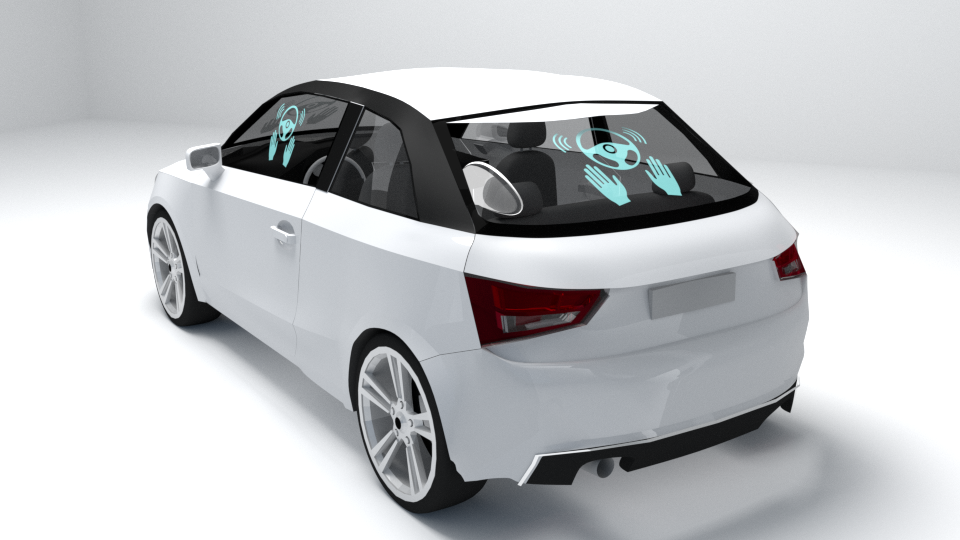Scope of the project
Lane keeping, automatic braking, adaptive cruise control - all those features are already common for cars nowadays. It is only a matter of time until fully autonomous vehicles are available as well. Traffic participants will have to deal with self driving vehicles as well as with vehicles driven by a human. It is important to consider the traffic participants’ safety and safety feeling in this mixed traffic environment.
In this project we wanted to find out if marking automated vehicles in order to distinguish them from those driven by humans, increases the traffic participants’ safety feeling. The goal was to create a concept for such marking together with them in a co-design workshop.
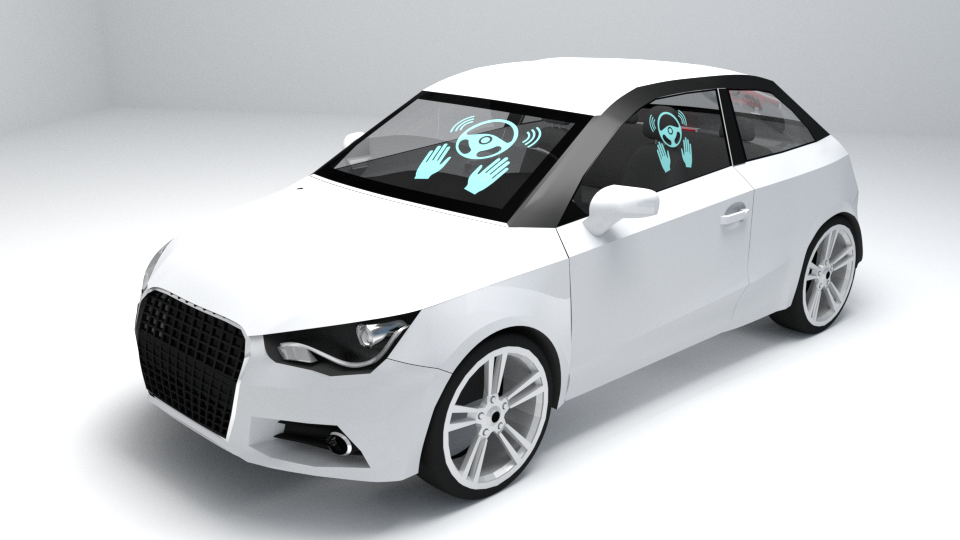
Interviews
We conducted qualitative interviews with 13 traffic participants from different age groups and genders. We showed them photos of a car passing by with a driver who was talking on the phone, reading a newspaper or even sleeping. Then we asked them how they would feel if they saw such a car passing by.
Afterwards we told them that this car is driving in automated mode and the driver only needs to take action in a case of emergency. We showed them all the photos again and asked how their feelings had changed.
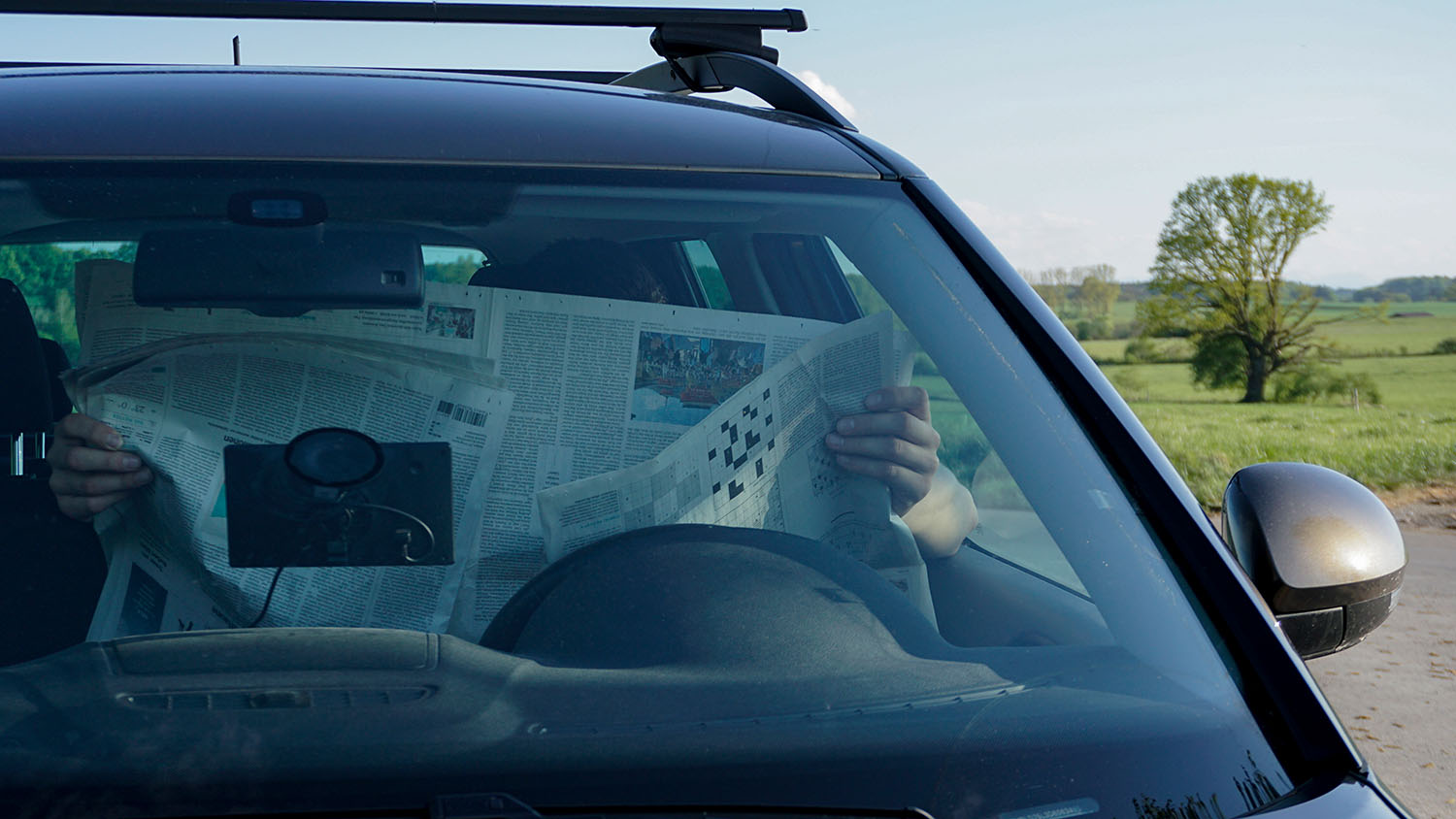
Feelings when seeing a normal car
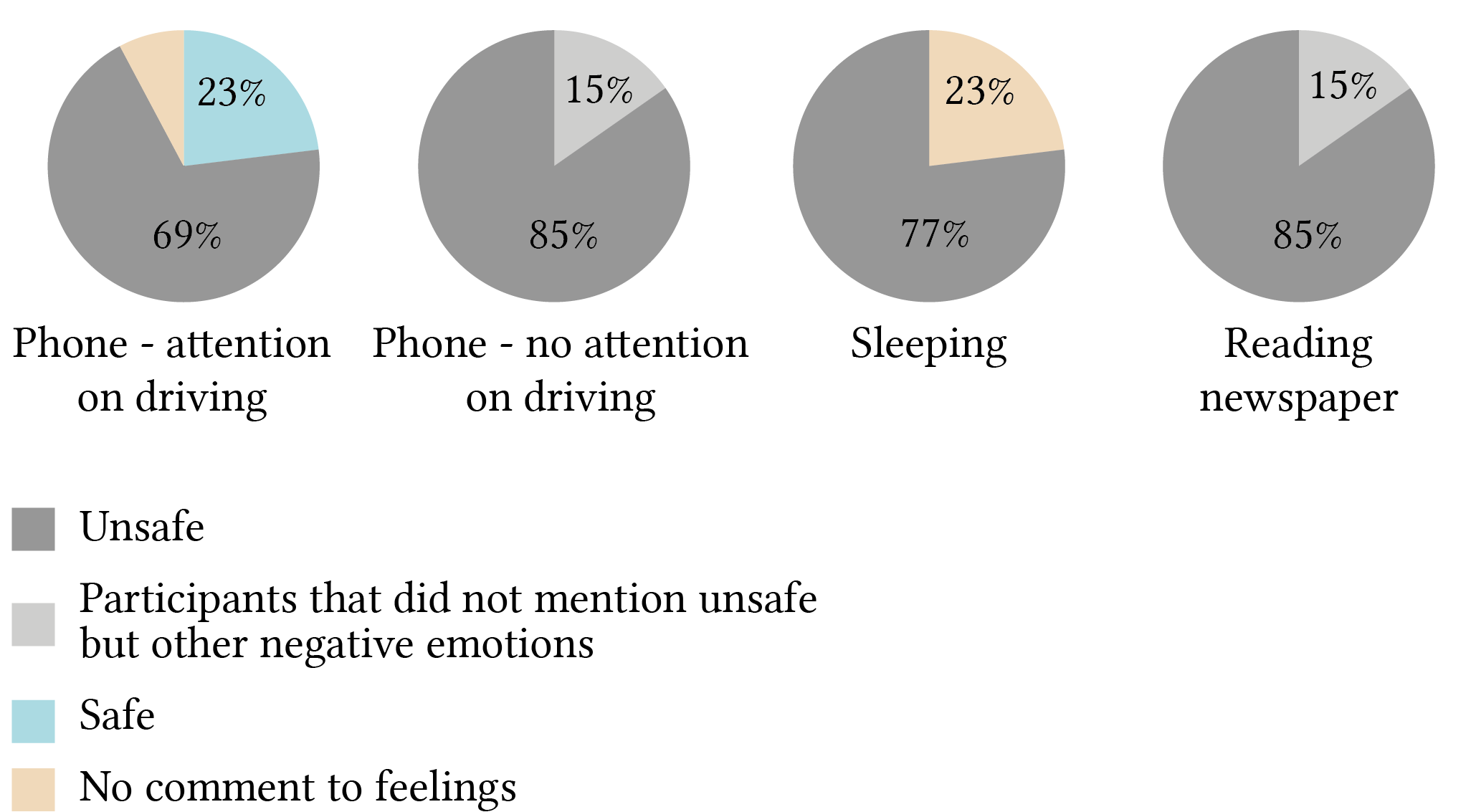
Feelings when seeing an automated vehicle
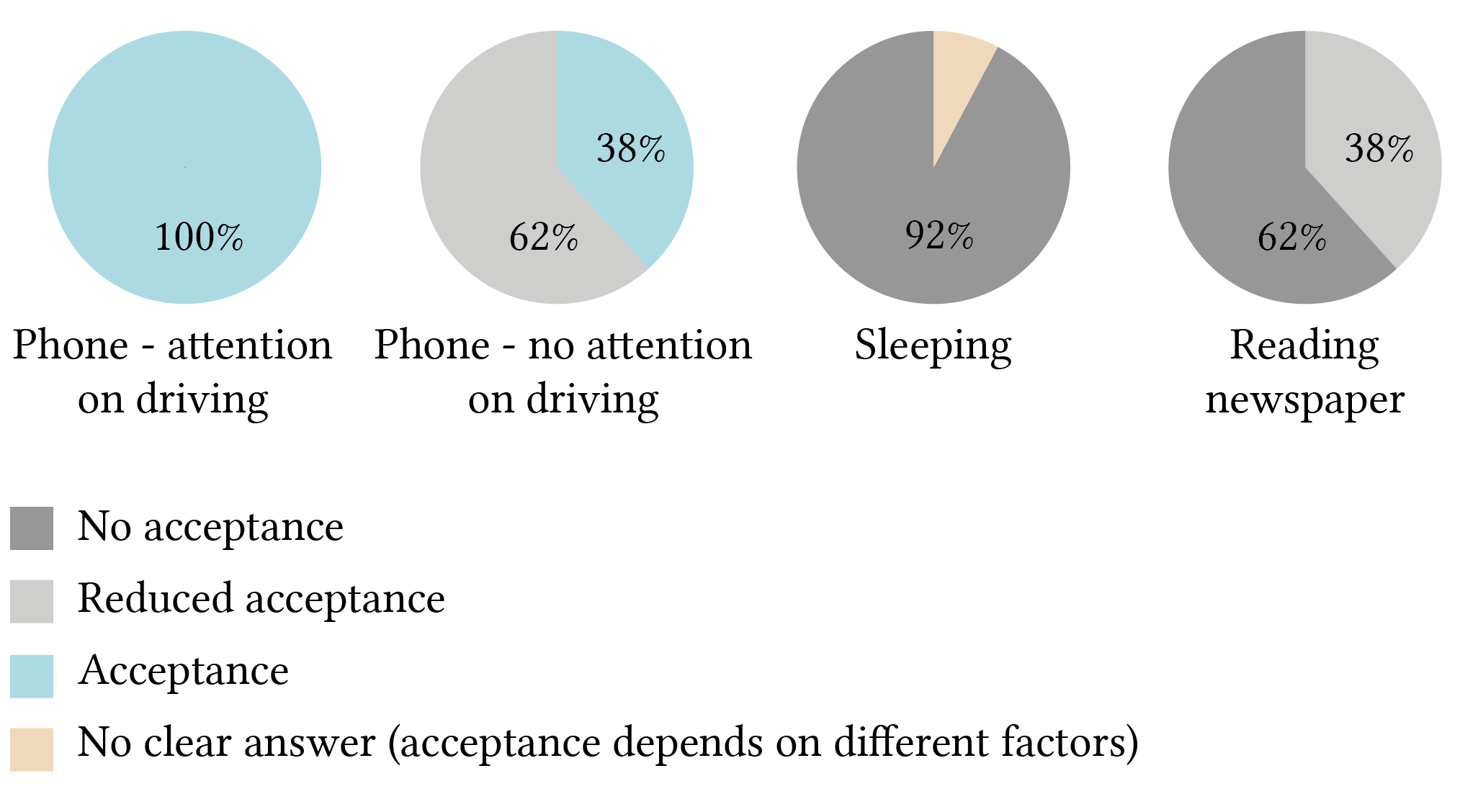
Almost all of the study participants considered the marking of an autonomous vehicle useful in a mixed traffic environment. On the one hand to assess the driver’s role. So "that you don’t panic when you see something like that" [P2] and that you know "what you or from whom you can expect a signal" [P8]. On the other hand "it is important to know whether you are driving with man or machine, because they behave differently" [P8].
Participatory design workshop
The study participants then developed their favourite possible concept of marking an automated vehicle with different materials. We also used the thinking-aloud method to understand what was important for them regarding the marking and why.
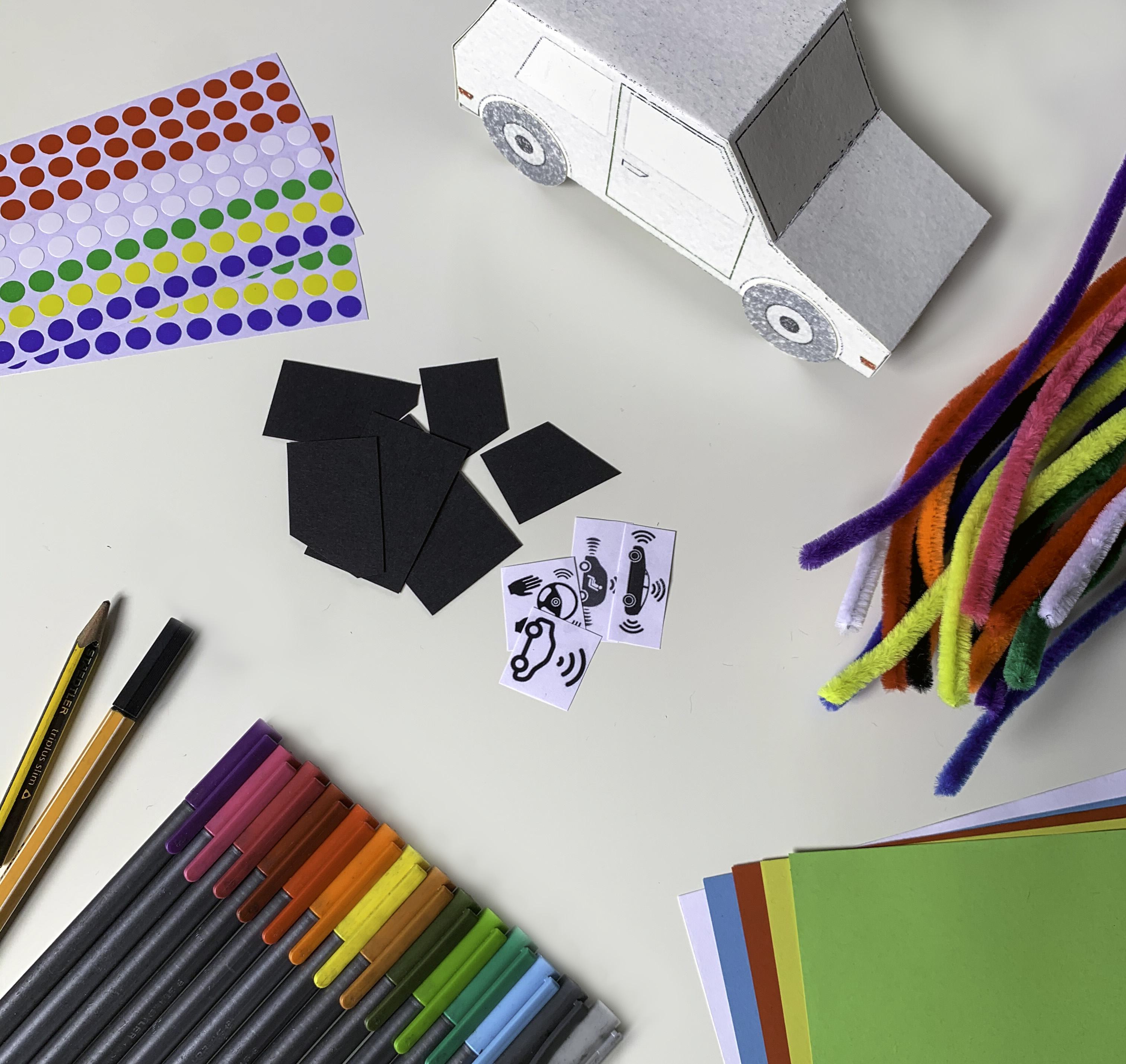
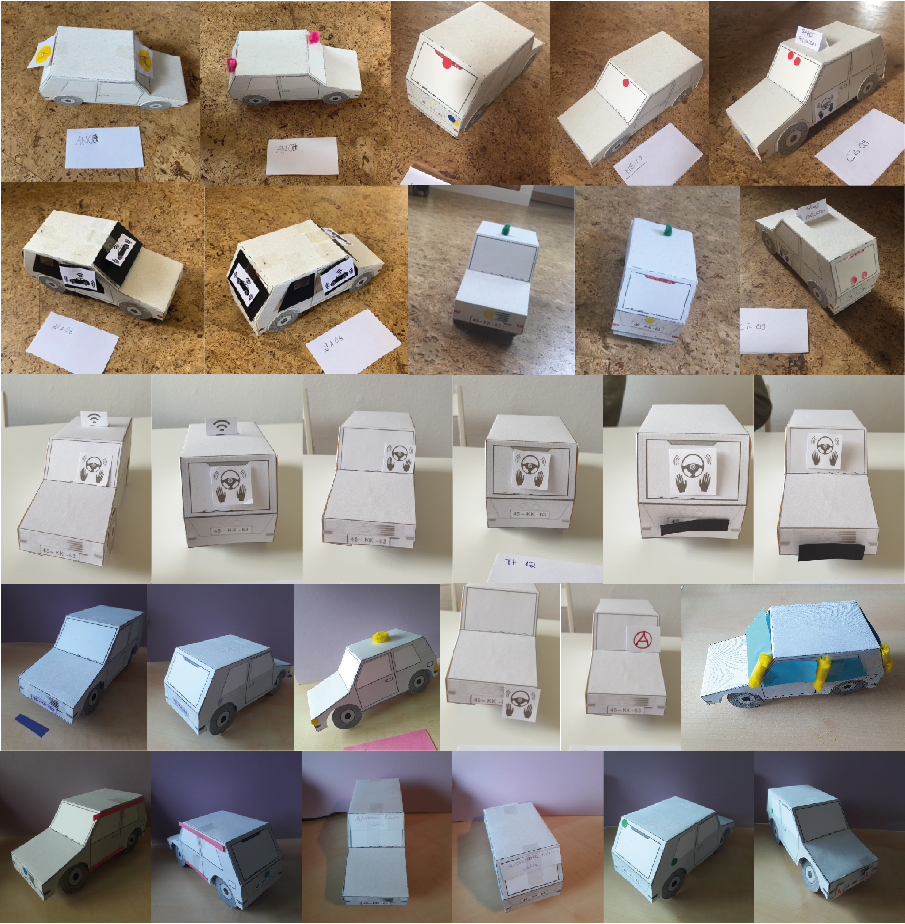
Quantitative survey
With the help of literature and previous studies we could reject some concepts right away as they were not barrier-free or had too many other proven disadvantages. From the remaining concepts we picked "Symbols on the windows" as the one to investigate further.
An online survey with 80 participants was conducted in order find out the preferred size, position and kind of symbol.

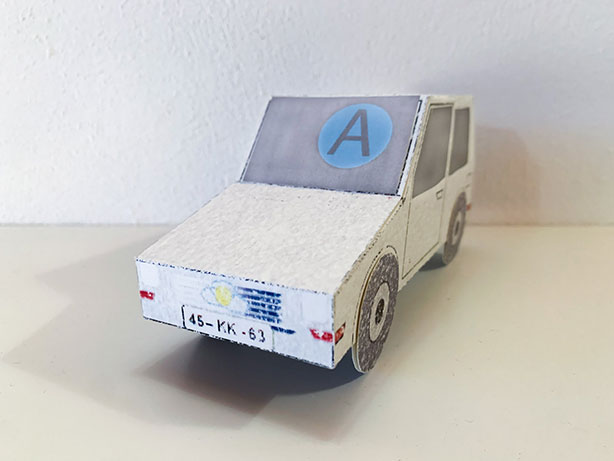


Final concept
Based on the interviews, the online survey and previous research the final
concept of the marking for automated vehicles was developed. The symbols appear on the windscreen,
the
rear window and on both sides of the car when it is in automated mode. The symbols are only visible
from the outside, so the driver has a clear view of the road at any moment.
CAD image made by Luise Janetschke

